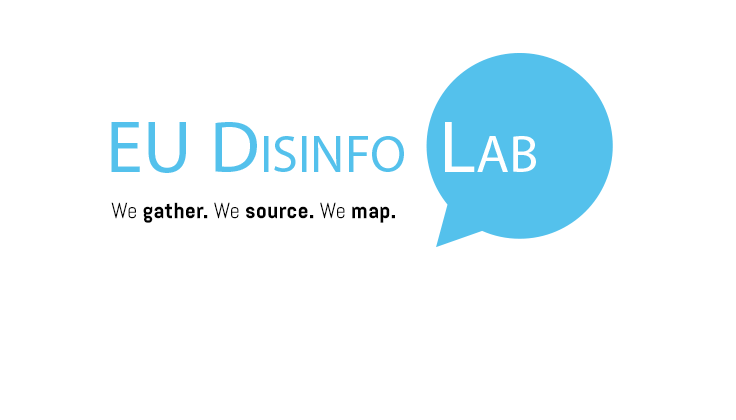On the 17th April, EU DisinfoLab hosted its monthly webinar.
Click here if you want to receive the next invitation to our webinar through our newsletter.
“Restore trust in the media” – this is the mission of the Global Disinformation Index (GDI), organisation dedicated to reducing online disinformation by identifying and labelling domains with a “risk of disinforming” rating.
During the last webinar organised by EU Disinfolab, Global Disinformation Index’s co-founder Clare Melford explained that they are currently working on building a prototype disinformation index that would give a risk rating to the world’s online news domains based on their risk of disinforming their readers.
Their goal is becoming the first risk-rating organisation assessing in real time the risk of an online domain to disinform its readers.
For the GDI, the verb disform means ‘to deliberately mislead by spreading inaccurate information.” When trying to reduce disinformation online, one should understand why someone created it in the first place and what are the motivations behind posting disinforming content. For this reason, the GDI has classified the authors of propaganda into four categories:
- State actors: They include governments as well as state-linked actors used to push government propaganda. They often don’t rely on ad-supported funding.
- Private Influence Operators: These are for-hire companies such as Cambridge-Analytica that run campaigns aiming to disinform for their high-paying clients. Recent examples include disinformation tactics in India’s conflict with Pakistan.
- Grassroots Trolls: The people behind #gamergate, often organise around specific issues or events on forums like 4chan, either to push a specific agenda or simply “for the lulz”.
- Pure Rent Seekers: Their only objective are the clicks and the money that goes with them. They want to drive visitors – or just bots – to their sites and collect benefit on adverts. They often use clickbait language and images, and sometimes even ad arbitrage.
From France to Canada: The Financial Motivations of Disinformation
The GDI focuses on changing the financial incentives for these different actors to disinform. This means looking at how the ad tech ecosystem is being abused by them. During the webinar, Ms. Melford presented different case studies compiled by the GDI to demonstrate this problem. For instance, several disinforming sites in Canada were discovered by a local Canadian journalist to be linked to one Ukrainian individual. The sites presented themselves as local papers from the province of Quebec but were similarly structured and often reused the same content. The individual behind all these sites was making around US $ 1,300 per month as a result of advertising revenue generated from them. Ultimately, the Ukrainian owner of these sites was found out since he was using the same Google AdSense account to sell advertising on all of them.
Another example comes from France, where a single individual controlled about 30 French language sites specialising in far-right content conspiracy theories and dodgy health information. He also pushed some particularly obnoxious content about Charlie Hebdo attacks and was getting about a million engagements per month. The sites collected ad revenues and were found to have ads placed by some of France’s major brands, including the French auto manufacturer Citroen. A network of Facebook pages were created for each of his news sites to help to amplify their outreach.
By rating news domains as they are created, the GDI’s can help to turn off the money tap to above-mentioned types of websites by getting brands, ad exchanges and platforms to use the ratings to shape their online ad spending.
How it works
The Global Disinformation Index classifies sites using the following criteria:
- an automated, machine-learning assessment that can classify large volumes of low-production/low-quality but high-volume “junk” sites in real-time; and
- a manual assessment of higher quality disinformation outlets that may not be easily identifiable by automated means. These may include indicators such as whether a domain has been involved in a disinformation campaign in the past.
As for the methodology, the GDI doesn’t look at the content but at the way the website has been created and structured. The GDI does not assess whether something is true or false, but whether the risk of disinforming is high or not. Once domains are rated, the aim is to work with brands, ad exchanges, and platforms to use the assessments to cut off advertising revenue to domains with a high disinformation risk.
Clare Melford is an experienced CEO in the commercial and not-for-profit sectors. She is an expert in building and managing cross-sector coalitions. She is the former CEO of the International Business Leaders Forum and MD of MTV Networks, Nordics. She has worked on start ups in E-commerce, Fin-tech & Ed-tech. She is a founding board member of Girls not Brides, the global coalition to end child marriage.


